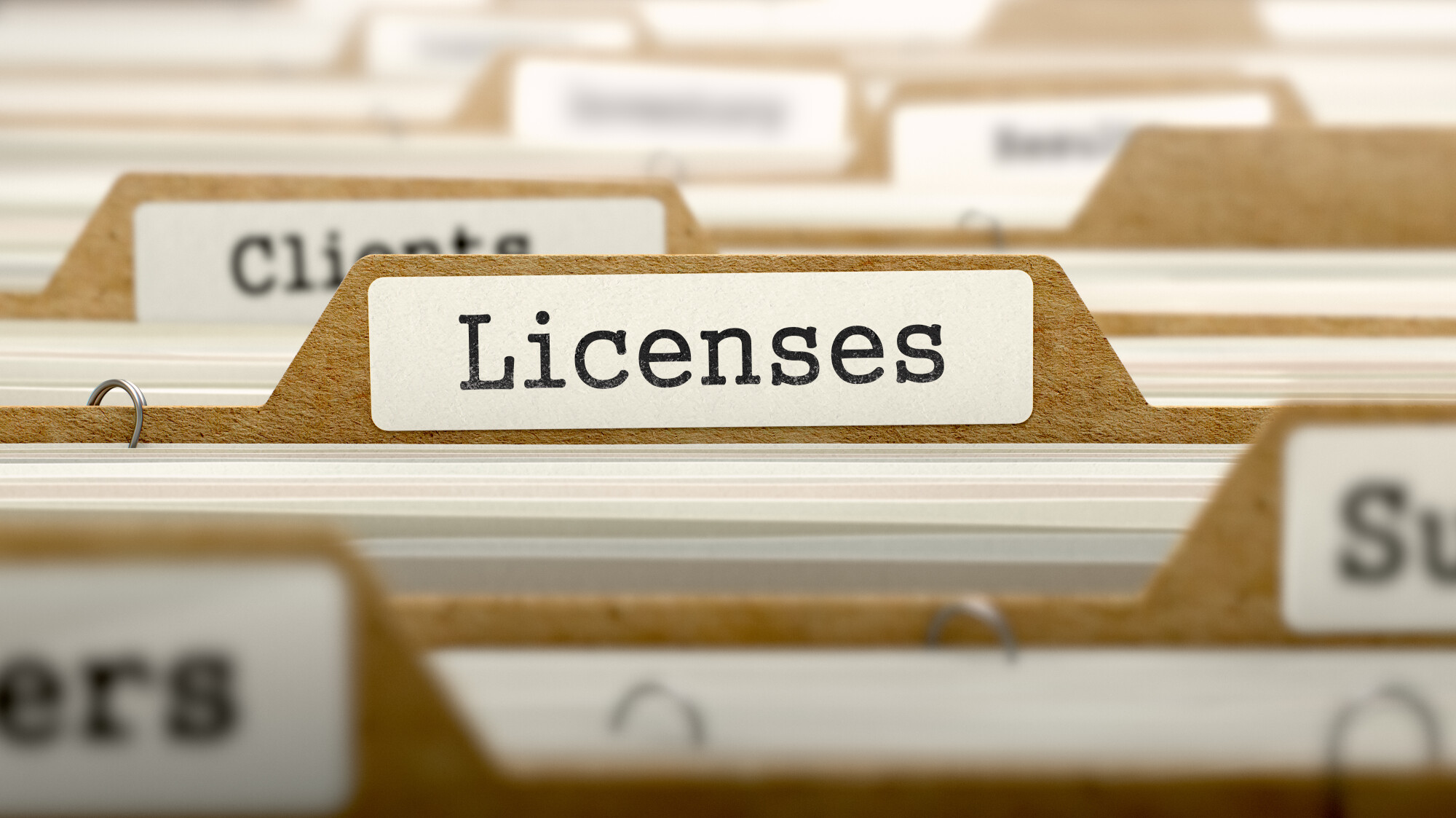The majority of small businesses in the United States operate largely as sole proprietors. Unfortunately, 20% of these businesses fail in the first two years of operation.
But by drafting a good software licensing agreement, you can be sure to protect your small business. One of the primary causes of such failure is the unlicensed use of software. Such an oversight can not only trigger legal action, but it can also exceed your budget.
The following guide will help you identify the best practices for drafting a software licensing agreement. So keep reading to learn more!
Understand the Importance of Intellectual Property Rights
When drafting a software licensing agreement, you need to understand intellectual property rights. You need to include clauses that protect the intellectual property rights of both parties. If needed, you should also protect any third parties involved.
This includes clauses to guard against unauthorized disclosure or use of the software. It should also include any disputes which need resolution by a court of competent jurisdiction.
In the case that one party isn’t the copyright holder of the software, they should be able to show that they have the right to grant the other party the license. You should write such protection into the agreement.
All Terms Must Be Written
When drafting a software licensing agreement, all terms of the agreement must be in writing. While oral contracts and implied promises may be legal, writing all terms will make them explicit and unambiguous. This will increase the likelihood of upholding the court agreements should a dispute arise.
When writing terms, keep them clear and concise, with no unclear language or extraordinary clauses. Provide details about permissible and prohibited uses, modifications, and redistribution. You should also put any limits or restrictions.
You should also use the correct legal terms and specify what the licensor and licensee own. By writing all terms of the agreement, the parties will have a clear understanding of their rights and obligations of the contract. This will help prevent any potential conflicts.
Licensing Should Include Software Upgrades
You should include the provision of software upgrades. Agreeing upon such upgrades at the outset lays the groundwork for future contracts or amendments.
This includes the responsibilities of the licensing party regarding software maintenance. It should have the software licensor’s rights for use and an extended warranty. It should also include provisions for phased or limited introduction of new features or bug fixes.
It may be difficult to expect the entire life cycle of the software agreement. So including the right to change or update the software is important. This will ensure a lasting agreement.
Note that you should have unambiguous definitions of the terms “upgrade,” “update,” and “enhancement.” This will help to ensure both parties have a clear understanding of the expectations.
Define the Proper Software Deployment Process
Software licenses should include the scope of the project, requirements, and rights to buy or use. It should also include customization of the software.
You should also provide a clear deployment timeline. You need to detail who will be responsible for the installation. Then, define a process to manage software updates.
Additionally, a useful software licensing agreement will define any geographical or jurisdictional restrictions. It also outlines the conditions for the use of the software.
Draft Policies That Apply to All Users
You need to draft policies that apply to all users so that they are aware of their rights and obligations. This includes a discussion of the scope of the software license. It also includes any extra terms or conditions that users must agree to before using the program.
Additional topics should include the ownership of the software and warranties and liabilities. It should also include restrictions on use, fees, and payment procedures, as well as termination or renewal policies.
You should also include any applicable federal, state, and local laws, as well as dispute resolution procedures. Following these best practices will ensure that all parties have protection in the agreement.
License Structures Should Be Flexible
Flexibility should be a top priority. You must ensure that the agreement is customizable and that you can tailor them to different types of customers.
In particular, license structures should be flexible. It should allow for the licensor to be able to adjust parameters as needed depending on the type of customer and the needs of that customer.
Additionally, the license should have structure. This is so that the customer can easily renew the license terms should they need to do so.
Lastly, comprehensive terms should be in the agreement. This will protect both the licensor and the licensee from any potential legal issues that might arise.
All Parties Must Benefit From the Agreement
All parties must benefit for the agreement to be a successful one. This means that the agreement should provide fair terms. This includes payment provisions that balance the needs of both the licensee and the licensor to protect both parties.
That’s why it is also important to include a termination clause and protocol. This will serve as a fallback for everyone involved to still have a civilized end.
Review Before Signing
Reviewing a software licensing agreement before signing is a best practice. Although it may be tedious to read through every line of an agreement, you need to ensure that the language reflects your needs.
This will allow you to identify any areas of the agreement. You can change anything that may be vague, inconsistent, or even contradictory. Pay careful attention to provisions about fees, dispute resolution, as well as warranties.
It is wise to consult with a contracts lawyer to ensure that terms are mathematically and legally accurate and fully understood. Consider the consequences of signing. A thorough understanding of the agreement is critical before agreeing to its terms.
Do These Practices When Drafting a Software Licensing Agreement
Adhering to best practices is always critical when drafting a software licensing agreement. You need to ensure efficiency, accuracy, and comprehensibility in a software license agreement. Well-crafted license agreements result in articulate agreements between two parties.
Therefore, parties need to ensure they take the proper steps in creating and understanding the agreement. Always ensure to contact a trusted legal advisor for assistance with a software licensing agreement!
Did you find this article helpful? If so, check out the rest of our site for more.




